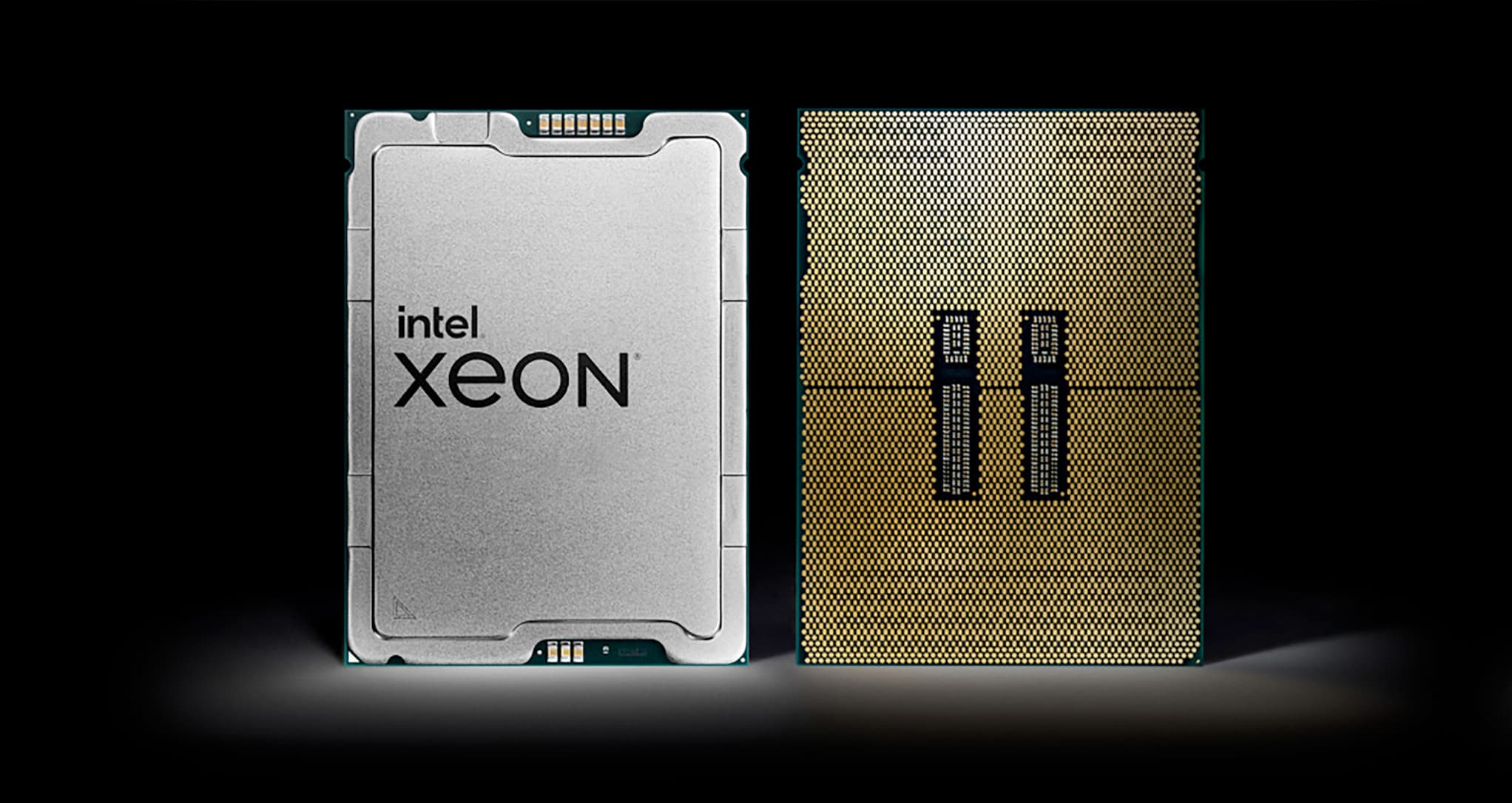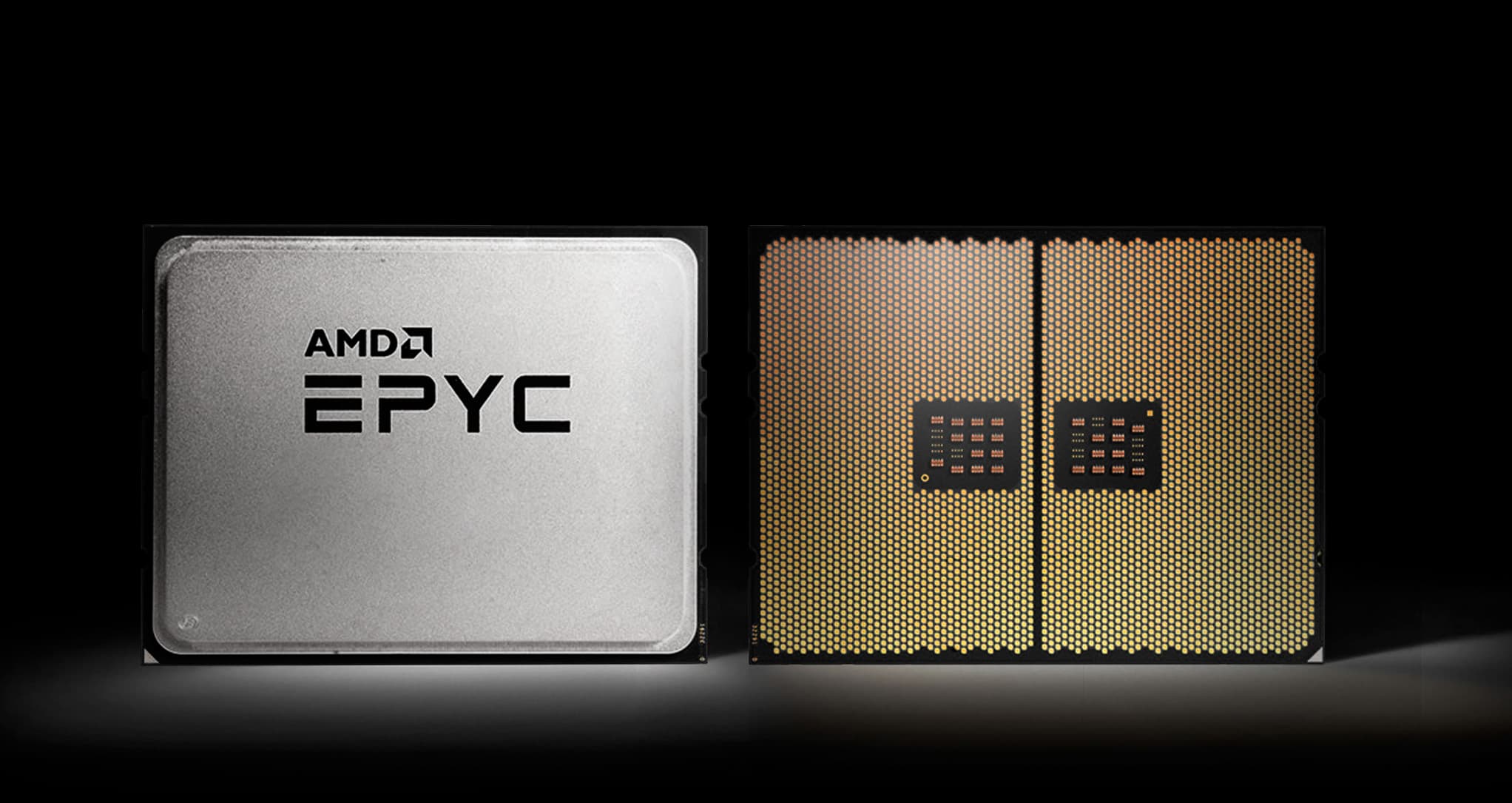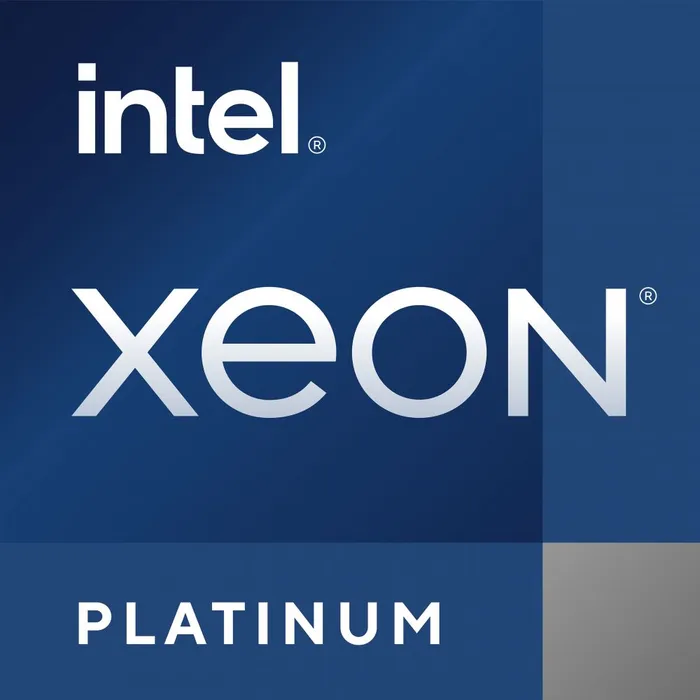
CPU Intel i7-14700F 2,1 Ghz 1700 Box BX8071514700 retail
Vraag offerte aan voor prijsinformatie
Intel Product ID: BX8071514700F
Hulp Nodig? Contacteer onze experts
Beschikbaar van maandag tot vrijdag, 09:00 - 17:30 uur
Productspecificaties zijn op dit moment niet beschikbaar.
CPU Computing
Powering High-Performance Computing (HPC) with Advanced CPU Technology
The CPU, often described as the computer's brain, processes instructions, stores data, and delivers output. Its role in overall system performance, though not as dominant as before, remains crucial for the device's responsiveness and speed. Essentially, without a CPU, a computer cannot function.
A CPU, made up of logic gates, executes low-level instructions essential for basic operations and directing commands within the system. It's the core of a computer's integrated circuitry, managing logic, arithmetic, and input/output operations.
Modern CPUs are multi-core, incorporating multiple processing units within a single chip to lower power use, boost performance, and allow for the simultaneous processing of tasks, enhancing parallel processing capabilities.
Applications of CPU Computing
CPU computing plays a critical role in various industries and research fields. Some of the key applications include:
- Machine Learning & Deep Learning: Accelerate complex algorithms for faster processing and improved learning capabilities.
- Data Analysis: Handle large datasets with ease, offering speed and accuracy in processing and visualization.
- Scientific Simulations: Enhance simulations in fields like astrophysics and bioinformatics, allowing for more detailed and accurate models.
- Financial Modeling: Optimize risk management and financial modeling for quicker and more precise decision-making.
Intel or AMD
Which CPU Should You Choose
Both Intel and AMD offer high-performance CPUs suitable for enterprise applications. Intel's CPUs have traditionally been favored for their single-threaded performance and efficiency, making them ideal for certain workloads such as virtualization and database management. On the other hand, AMD's CPUs often offer more cores and threads for parallel processing, making them well-suited for tasks like data analytics and content creation.
For further consultation, reach out to one of our professionals to make an informed decision.


Benefits of Modern CPUs in Computing
- Flexibility: Versatile, capable of handling a wide range of tasks and multitasking efficiently.
- Speed: For operations involving RAM data processing, I/O operations, and managing the operating system, CPUs often outperform GPUs.
- Precision: Higher precision in mid-range mathematical operations, crucial for various applications.
- Cache Memory: With substantial local cache, CPUs efficiently manage extensive sequences of instructions.
- Compatibility: Unlike GPUs, which may need specific hardware support, CPUs fit universally across motherboards and system architectures, ensuring broad hardware compatibility.
Maximizing AI Efficiency: Navigating the Unique Strengths of CPUs and GPUs
CPUs and GPUs each bring unique strengths to AI projects, tailored to different types of tasks. The CPU, serving as the computer's central command, manages core speeds and system operations. It excels at executing complex mathematical calculations sequentially, but its performance may dip under heavy multitasking.
For AI, CPUs fit specific niches, excelling in tasks that require sequential processing or lack parallelism. Suitable applications include:
- High-memory recommender systems
- Large-scale data processing, like 3D data analysis
- Real-time inference and ML algorithms that resist parallelization
- Sequentially dependent recurrent neural networks
Collaboration CPU & GPU
High Performance Computing (HPC) utilizes technologies for large-scale, parallel computing. Modern HPC systems increasingly incorporate GPUs alongside traditional CPUs, often combining them within the same server for enhanced performance.
These HPC systems employ a dual root PCIe bus design to efficiently manage memory across numerous processors. This setup features two main processors each with its own memory zone, dividing the PCIe slots (often used for GPUs) between them for balanced access.
Key to this architecture are three types of fast data connections:
- Inter-GPU Connection: Uses NVlink for rapid GPU-to-GPU communication, allowing multiple GPUs to function as a single, powerful unit.
- Inter-Root Connection: Facilitates communication between the two processors via high-speed links like Intel's Ultra Path Interconnect (UPI).
- Network Connection: Employs fast network interfaces, typically Infiniband, for external communications.
This dual-root PCIe configuration optimizes both CPU and GPU memory usage, catering to applications that demand both parallel and sequential processing capabilities.
GIGABYTE
HPC/AI Server
5th/4th Gen Intel® Xeon® Scalable - 5U DP HGX™ H100 8-GPU
NVIDIA HGX™ H100 with 8 x SXM5 GPUs
900GB/s GPU-to-GPU bandwidth with NVLink® and NVSwitch™
5th/4th Gen Intel® Xeon® Scalable Processors
Intel® Xeon® CPU Max Series

The Indispensable Role of CPUs in AI Development
While the majority of AI applications today leverage the parallel processing prowess of GPUs for efficiency, CPUs remain valuable for certain sequential or algorithm-intensive AI tasks. This makes CPUs an essential tool for data scientists who prioritize specific computational approaches in AI development.
For machine learning and AI applications, the Intel® Xeon® and AMD Epic™ CPUs are recommended for their reliability, ability to support the necessary PCI-Express lanes for multiple GPUs, and superior memory performance in the CPU domain, making them ideal choices for demanding computational tasks.


• Afbeeldingen van producten op de website kunnen verschillen van het werkelijke product.
• De gepubliceerde prijzen in de winkel kunnen worden gewijzigd en kunnen variëren op basis van marktomstandigheden en beschikbaarheid van de voorraad.


